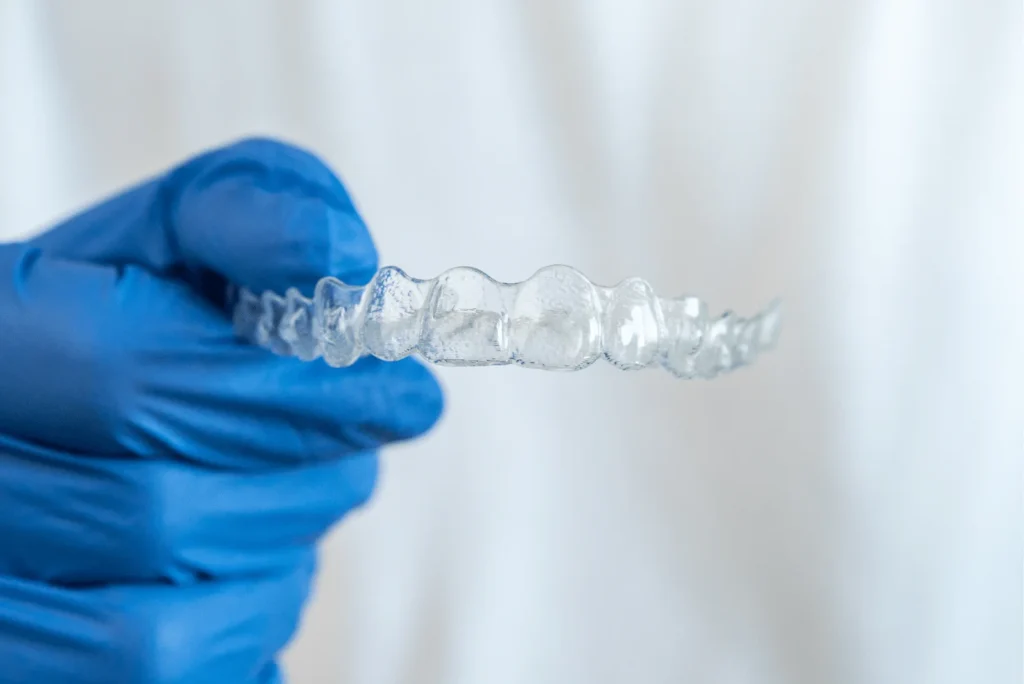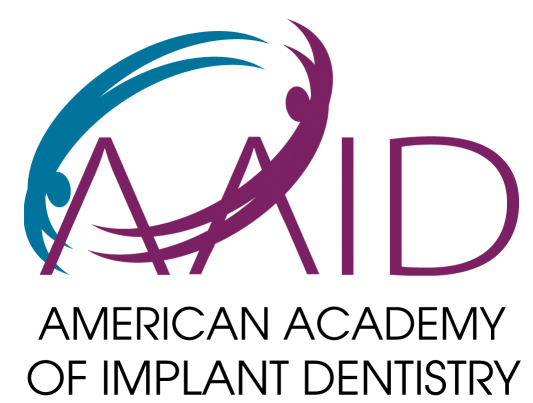Missing teeth doesn’t mean missing out on the benefits of Invisalign treatment. Many patients with dental gaps are pleasantly surprised to learn that clear aligners remain a viable option for their orthodontic needs. Invisalign technology has advanced significantly in recent years, allowing our dental team at Lansdowne Family Dental to address more complex cases, including those with one or more missing teeth. These custom-designed clear aligners can work around gaps while simultaneously preparing your mouth for future restorative procedures.
At Lansdowne Family Dental, we believe everyone deserves a confident smile, even when faced with dental challenges like missing teeth.
Can You Get Invisalign With Missing Teeth?
During your Invisalign consultation, we’ll evaluate your specific dental condition and discuss how Invisalign might serve as part of your comprehensive treatment plan. The aligners can help properly position adjacent teeth, maintain space for implants, or prepare for bridges—all while improving your overall smile aesthetics.
Every patient’s situation is unique, which is why personalized assessment is essential. We’re committed to explaining your options in clear, straightforward terms so you can make informed decisions about your dental health journey.
Invisalign offers a subtle approach to straightening teeth, utilizing clear aligners custom-fitted to the individual’s teeth. The treatment gradually shifts teeth into their desired positions over time. On the other side of the coin, missing teeth present a unique challenge in orthodontics. The absence creates a void that neighboring teeth may drift into, leading to misalignment. This common concern often brings individuals to the crossroads of desire and feasibility when considering Invisalign.

Benefits of Invisalign for Individuals With Missing Teeth
- Aesthetic Appeal: Invisalign’s clear aligners offer a discreet method to realign teeth, boosting the individual’s confidence as they work towards a perfect smile.
- Preparation for Restorative Work: Invisalign can create the necessary space for future dental implants, setting the stage for a comprehensive dental restoration.
- Realignment of Existing Teeth: By guiding the existing teeth into their proper positions, Invisalign helps mitigate the domino effect caused by missing teeth.
How Missing Teeth Impact Invisalign Treatment
The path to a straight smile with missing teeth isn’t without its bends. The presence of gaps influences the treatment planning, necessitating a tailored approach. A thorough consultation with a dental professional is imperative to understand the implications and devise a sound treatment plan.
Dental Implants and Invisalign: A Coordinated Approach
There’s a harmonious relationship between dental implants and Invisalign, often playing a sequential role in one’s journey to dental restoration.
- Pre-implant Orthodontics with Invisalign: Most dental professionals recommend undergoing Invisalign treatment before getting dental implants. This strategy allows for the optimal alignment of teeth, creating a conducive environment for the implants.
- Post-implant Orthodontics: Conversely, if you already have dental implants, Invisalign treatment can commence post-implant, working around the permanent fixtures to achieve the desired alignment.
Unique Considerations for Cases With Missing Teeth
Every case is a story of its own, demanding a personalized blueprint. The evaluation involves an in-depth assessment of the dental landscape, the number, and location of missing teeth, and the overall orthodontic goals. Crafting a customized treatment plan ensures the journey to a redefined smile is well-orchestrated and effective.
The Process of Getting Invisalign With Missing Teeth
Embarking on the Invisalign journey with missing teeth involves a series of well-structured steps, ensuring every aspect of your dental profile is considered.
- Consultation and Assessment: It kicks off with a comprehensive consultation at Lansdowne Family Dental. Here, your dental professional will assess your oral health, the extent of misalignment, and the impact of missing teeth on the proposed treatment.
- Treatment Planning and Execution: Post-assessment, a detailed treatment plan is carved out. It involves taking digital impressions of your teeth, which are then used to create custom aligners. The aligners gradually shift your teeth, filling in gaps and preparing the ground for any further restorative work.
Real-life Case Studies
Exploring real-life scenarios sheds light on the practicality and effectiveness of Invisalign treatment amidst missing teeth. These cases exemplify how tailored treatment plans have facilitated individuals in achieving their dream smiles, despite the initial hurdles posed by missing teeth.
Nighttime Aligners: An Alternative Solution
Nighttime aligners emerge as a convenient option for those with a hectic schedule. They offer the liberty to continue with the treatment while not interfering with your day-to-day activities.
- What are Nighttime Aligners? Nighttime aligners are worn overnight, applying consistent pressure to realign teeth while you sleep.
- Who are they Suitable for? They are an ideal choice for individuals with minor to moderate misalignment and those looking to maintain discretion about their orthodontic treatment.
Let’s find out why we are the best Ashburn Dentist
Frequently Asked Questions
- Can you get a dental implant during Invisalign treatment? Yes, it’s possible to get a dental implant during Invisalign treatment. However, your dentist must account for the implant’s positioning when designing the aligner treatment plan.
- How does Invisalign work with missing teeth? Invisalign works by gradually moving the existing teeth to fill in gaps or create space for future dental restorative work like implants. It’s a coordinated approach to address both misalignment and missing teeth concerns.
- What are the alternatives to Invisalign for individuals with missing teeth? Alternatives include traditional braces or clear ceramic braces. However, the choice largely depends on the individual’s dental profile and personal preferences.
- How long does the treatment take? The duration varies from case to case, typically ranging between 12 to 18 months. The complexity of the case and the extent of misalignment are significant factors.
- Are there any special care considerations for individuals with missing teeth receiving Invisalign treatment? Maintaining good oral hygiene and regular follow-ups with your dental professional are crucial to monitor the progress and ensure the effectiveness of the treatment.
- Can any orthodontist provide Invisalign treatment for individuals with missing teeth? Not all orthodontists may have the expertise to handle cases with missing teeth. It’s advisable to consult with experienced professionals like those at Lansdowne Family Dental who are well-versed in such scenarios.
Let’s find out why we are the best Leesburg Dentist
Conclusion
The road to a captivating smile, even with missing teeth, isn’t as bumpy as one might presume. With innovative solutions like Invisalign offered at Lansdowne Family Dental, individuals can navigate through dental challenges, marching towards a smile that not only reflects beauty but exudes confidence. The key lies in personalized consultation and a well-devised treatment plan. So, why wait? Uncover the potential of Invisalign in addressing both misalignment and missing teeth and take a step closer to the smile you’ve always dreamed of.






